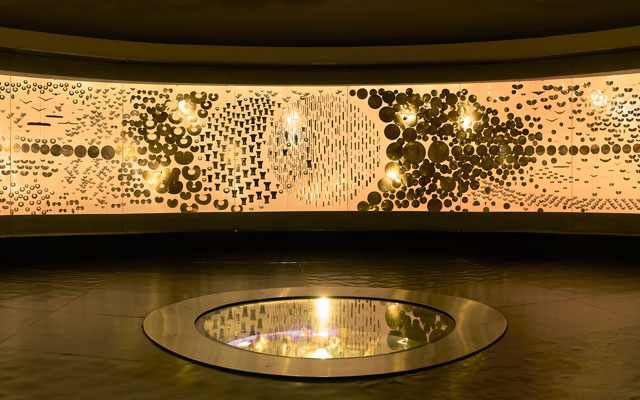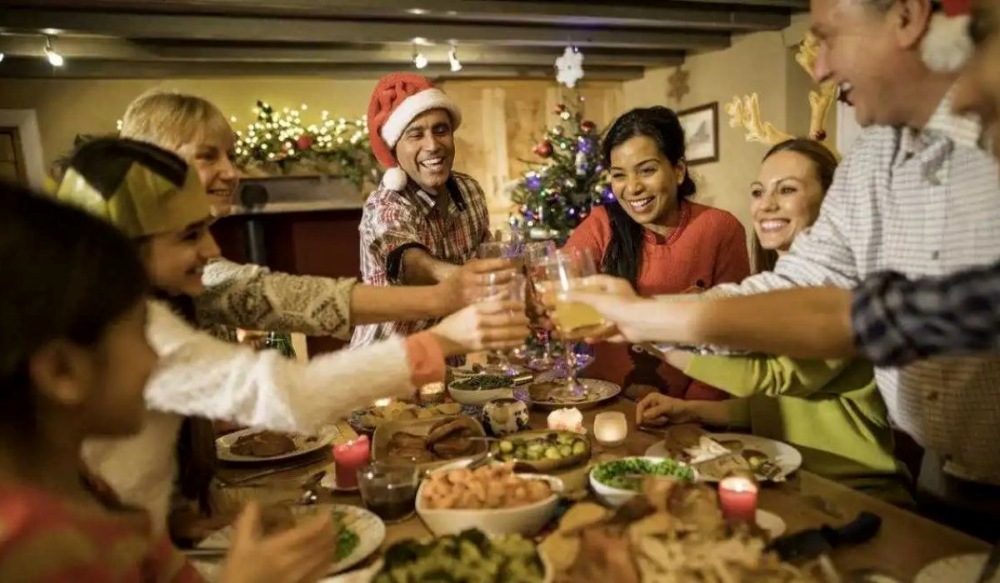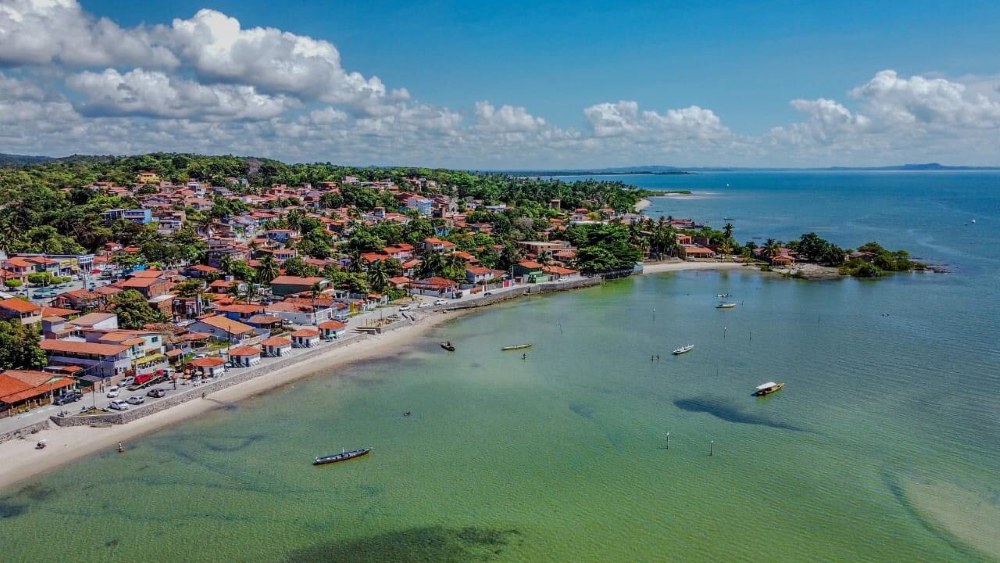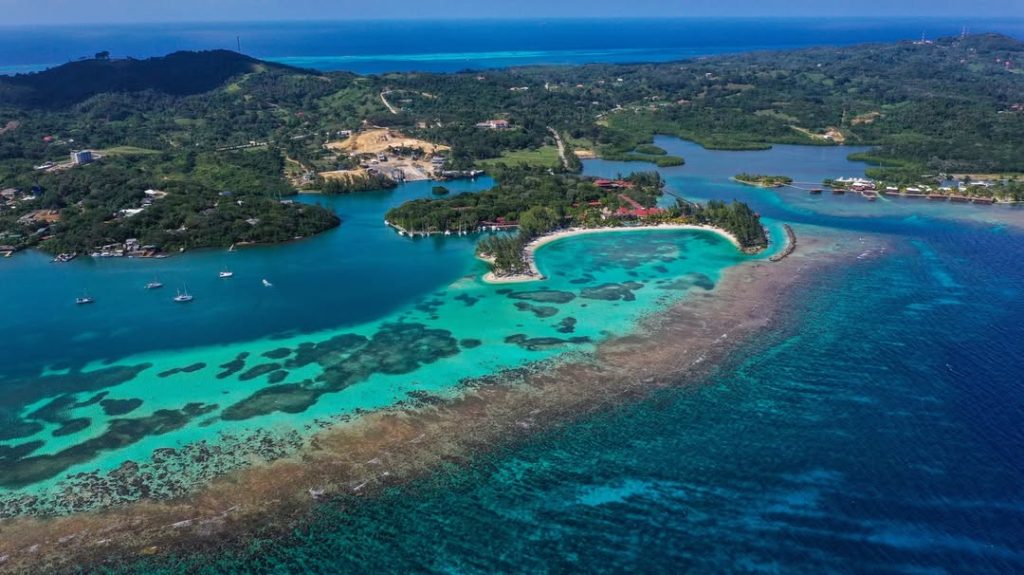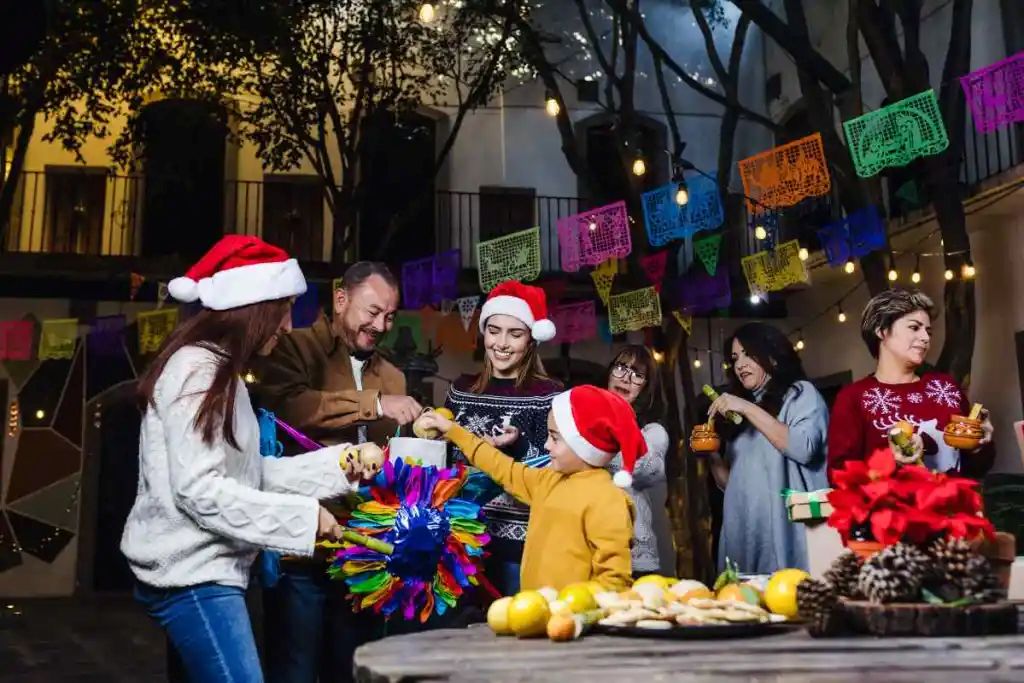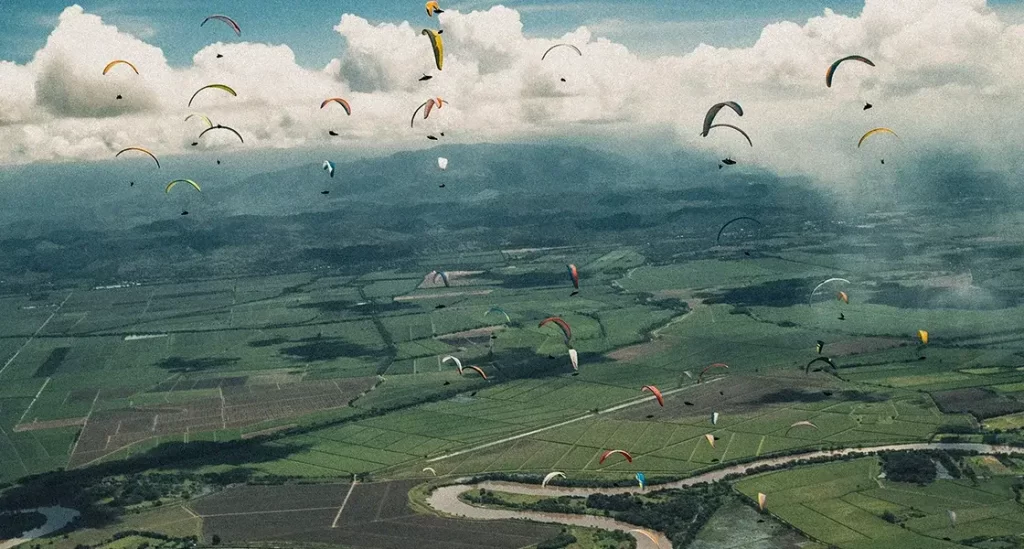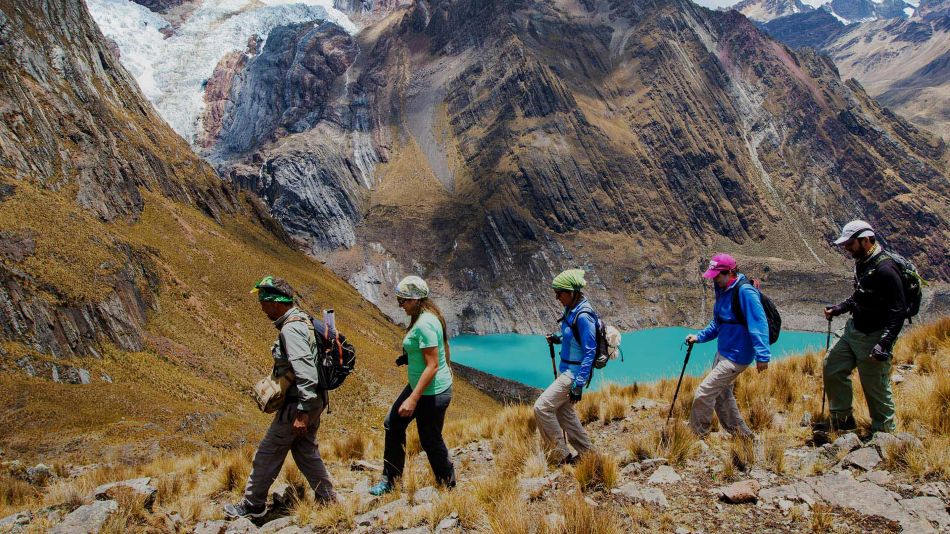A museum is a window on the world: a place where you can learn and marvel without having to hurry. On International Museum Day, May 18, we want not only to celebrate them, but also to encourage everyone to push open the door to these spaces of encounter and cultural exchange.
Latin America, whose history stretches from pre-Columbian civilizations to contemporary social movements, retains an essential part of the continent’s identity, and today we offer you a selection of must-see museums that give a glimpse of the richness and variety to be explored across the region.
National Museum of Anthropology – Mexico City, Mexico
Opening hours: Tuesday to Sunday, 9:00 am to 6:00 pm
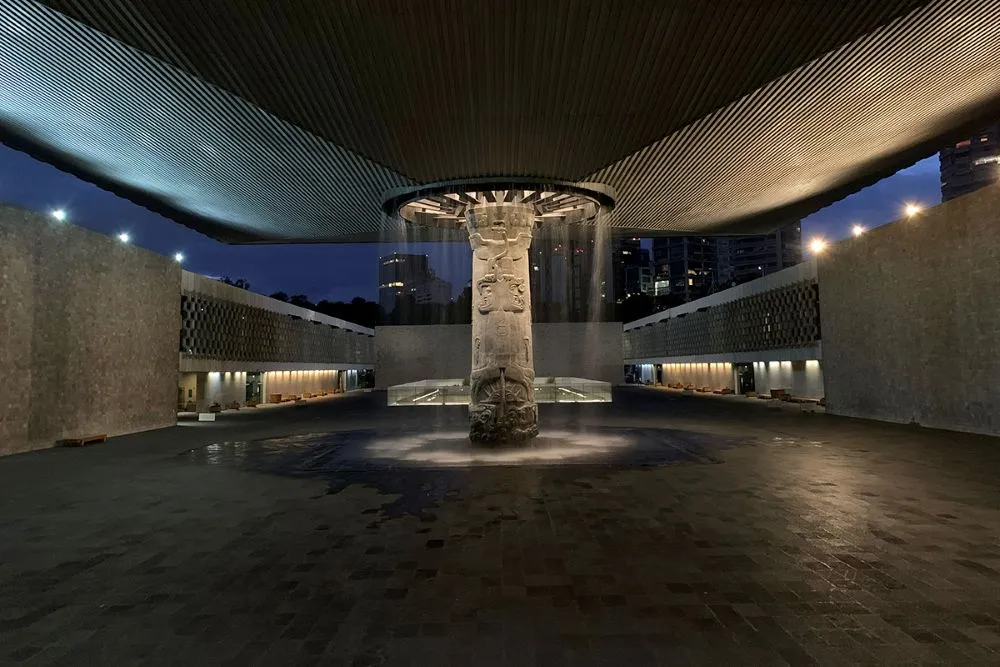
As the gateway to the deep heart of Mesoamerica – a geographical zone stretching from Mexico to Panama – this museum is famous for both its modern architecture and the richness of its collections. Its structure is an icon of twentieth-century Mexican architecture, notably for its central courtyard and immense concrete umbrella that seems to float above a fountain.
Its 24 exhibition rooms (23 permanent and one temporary) house a vast archaeological collection, with galleries devoted to Mexico‘s pre-Hispanic cultures, where stand out such emblematic pieces as the Sun Stone (Aztec calendar), the Coatlicue and the Tizoc Stone. On the other hand, its ethnographic collection, with nearly 6,000 objects on display, focuses on the lives, customs and cosmovision of Mexico’s contemporary indigenous peoples, with areas dedicated to textiles and ceremonies.
Gold Museum – Bogota, Colombia
Opening hours: Tuesday to Saturday, 9:00 am to 7:00 pm; Sunday, 10:00 am to 5:00 pm
Located in La Candelaria, in the historic center, this museum is a journey through the art and worldview of Colombia‘s pre-Hispanic cultures. Its collection, the largest in the world of pre-Hispanic goldsmiths’ and silversmiths’ work, comprises over 55,000 pieces in gold, ceramics, precious stones and other materials.
Our article : Bogotá, Colombia’s energy at the top of the Andes
These include figures such as the Muisca raft that inspired the El Dorado legend, the Poporo Quimbaya, and a vast selection of ornaments and ceremonial objects.
Each room tells a story, not just about the objects themselves, but also about the personalities who conceived them. One of the most spectacular, the Offering Room, features a visual and audio presentation that captures the spiritual charge of indigenous ceremonies.
Jade Museum – San José, Costa Rica
Opening hours: Daily from 8:00 am to 5:00 pm
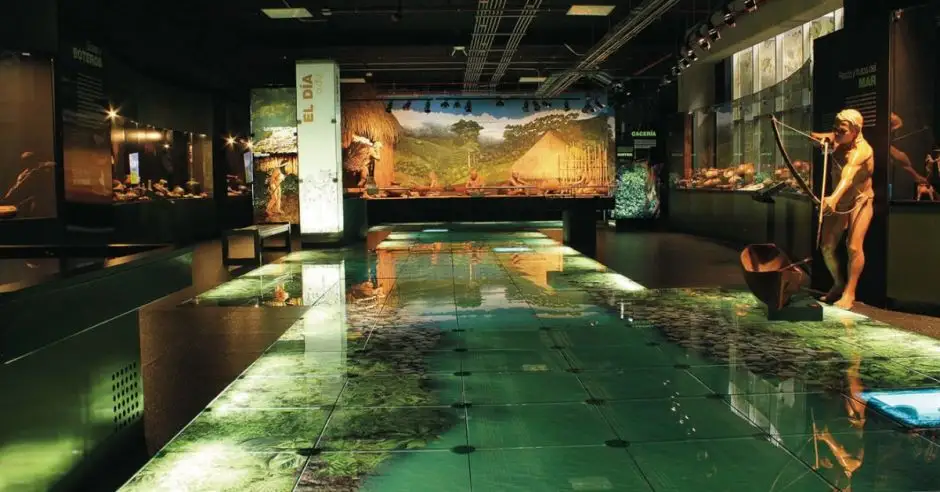
This museum boasts one of the most important jade collections on the continent. Jade, a sacred material for the indigenous cultures of Mesoamerica, was a symbol of power, life and spiritual connection. The museum’s rooms bear witness to the mastery of ancient craftsmen and their cosmovision, offering a glimpse into the pre-Columbian societies that inhabited the country. The collection features some 6,900 archaeological pieces, highlighting not only jade, but also gold, stone, mother-of-pearl and bone objects representative of Costa Rican pre-Columbian art.
Pumapungo Museum – Cuenca, Ecuador
Opening hours: Tuesday to Friday, 8:00 am to 5:00 pm; weekends, 10:00 am to 4:00 pm
Both a museum and an archaeological park, Pumapungo is located in the historic heart of Cuenca, on a major site from Inca and colonial times. Its name – “Pumapungo” meaning the Puma Gate in Quechua – recalls the spiritual and strategic dimension of the site.
The institution offers a captivating dialogue between art, archaeology and ethnography. Ceramics, textiles and ritual objects unearthed in nearby ruins bear witness to the Cañari and Inca cultures. But the most intriguing room is that of the tzantzas: famous shrunken heads made by the Shuar. These fascinating artefacts illustrate a ritual designed to retain the enemy’s spirit and prevent revenge in the afterlife.
Our article: Cuenca: The hidden symphony of the Ecuadorian Andes
Larco Museum – Lima, Peru
Opening hours: Daily from 09:00 to 19:00
It’s the ideal place to understand the richness and diversity of the tribes of ancient Peru. The collection brings together exceptional pieces of ceramics, textiles and silverware from the Moche, Chimu and Nasc cultures, reflecting the main pre-Columbian civilizations and offering a complete journey through the country’s history.
The gallery of pre-Columbian erotic art is particularly well known, inviting visitors to reflect on daily life, fertility and death from the point of view of these ancestral cultures. Thanks to the quality of its exhibits and the clarity of its museography, this museum is often recommended as a first stop to grasp historical landmarks before continuing on your journey through the country.
National currency – Potosí, Bolivia
Opening hours: Tuesday to Sunday, 9:00 am to 4:30 pm
Built in the XVIIIᵉ century, the place is one of the jewels of Andean colonial architecture. Its cobbled patios and vast halls recall the days when Potosí, nurtured by the silver veins of the Cerro Rico, financed the might of the Spanish Empire. The original rolling mills, presses and mills used to mint silver coins are on display, alongside Baroque paintings and sumptuous liturgical objects. The tour also highlights the human and environmental cost of mining, offering a nuanced look at the wealth and wounds of a city shaped by the precious metal.
Museum of Memory and Human Rights – Santiago, Chile
Opening hours: Tuesday to Sunday, 10:00 am to 6:00 pm
Inaugurated in 2010 with the aim of making visible the human rights violations committed during Augusto Pinochet’s military dictatorship (1973-1990), more than an exhibition space, it is a place for collective reflection on memory, justice and human dignity. The permanent exhibition includes audiovisual archives, testimonies, photographs, letters, personal objects and documents that recount, with sensitivity and historical rigor, the experiences of the victims.
Each of these museums preserves an essential fragment of Latin American history. Whether it’s pre-Columbian gold, indigenous resistance or the struggle for human rights, they all help us to grasp what we have been, what we are and what we aspire to become. To explore these places is to deepen our understanding of the world as much as of ourselves.
Photos: Banco de la Republica de Colombia | Museo Nacional de Antropologa de Mexico | Museo de Jade de San José

